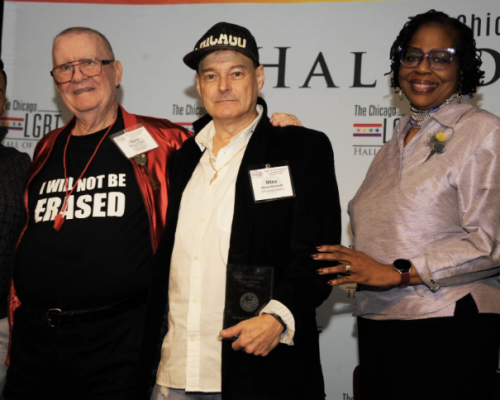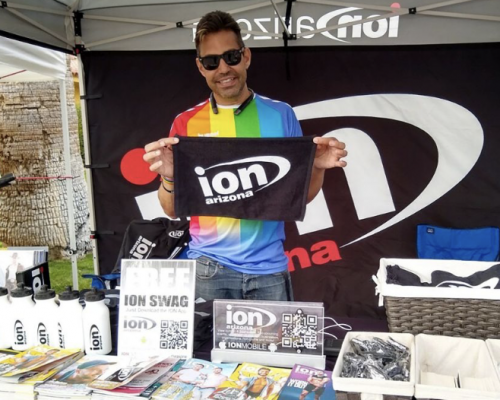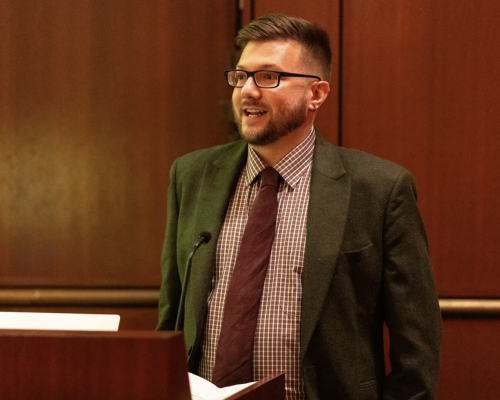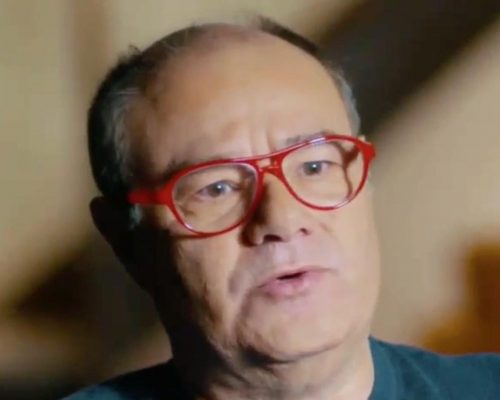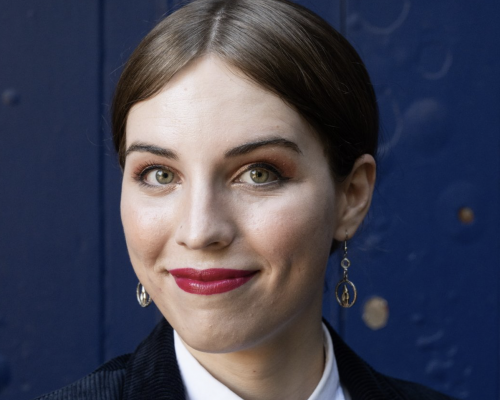by Chuck Colbert
In a move that prompted both LGBT and mainstream news coverage, the Smithsonian’s National Museum of American History announced in August that it would significantly expand its collection of LGBT memorabilia and archival material. Some of the notable donations include studio props and scripts from the NBC television series “Will and Grace,” the original transgender flag, a racquet that once belonged to transgender tennis player Renee Richards, and diplomatic passports of a gay U.S. ambassador and his spouse, among other objects.
In announcing the expansion of its LGBT collection, the Smithsonian said in a statement that its National Museum of American History “has a long tradition of documenting the full breadth of the American experience and what it means to be an American. The LGBT narrative is an important part of that American story, and the Smithsonian has been documenting and collecting related objects for many years.”
The museum officially accepted the artifacts at a donation ceremony held on August 19. In attendance were “Will and Grace” creators David Kohan and Max Mutchnick, transgender flag designer Monica Helms, photographers Patsy Lynch of Washington, D.C., and Silvia Ros of Florida, and LGBT historian and activist Mark Meinke. Also present were representatives from donor organizations, including the GLBT Community Center of Baltimore and Central Maryland and the D.C. Cowboys. In attendance as well were David Huebner, former U.S. Ambassador to New Zealand and Samoa, and his spouse, Duane McWaine, according to Baltimore OutLoud reporting. Appointed by President Obama and confirmed by the Senate, Huebner served from 2009 to 2014.
“The pursuit of civil rights in America is woven throughout our history,” John Gray, director of the museum, told Baltimore OutLoud. “It is a tale of struggle and accomplishment as the nation strives to fulfill its ideals. We are grateful to our donors for assisting us to fulfill our mission to help the public understand the past in order to make sense of the present and shape a more humane future.”
In its coverage, the Washington Blade spotlighted the donation by the Gay and Lesbian Community Center of Baltimore (GLCCB).
“Our donation to the Smithsonian was gleaned from duplicate/unwanted materials that are in our ‘official’ holdings,” Dan McEvily, GLCCB’s director of communications, told the Blade. “After the GLCCB archives committee transported the holdings to the University of Baltimore, Smithsonian representatives came in to root through what remained. We donated approximately 1-2 cubic feet of a variety of material, including a few editors’ files from the ’90s, old copies of [newspaper] Gay Life, photographs, and miscellaneous materials from other LGBT organizations that were sent to the GLCCB (i.e. Act Up, GLAAD), etc.”
In his reporting, Steve Rothaus of the Miami Herald found a local angle to the story. She is lesbian photographer Sylvia Ros of Miami Shores who donated 86 photographs to the Smithsonian’s expanded LGBT collection. Most of the donated photos were taken in Washington D.C., at the 2009 National Equality March.
Ros told Rothaus that she hopes future generations benefit from her work by learning how LGBTs achieved equality. “As rapidly as these things are changing, I want to make sure we don’t forget or lose the history of this movement,” she told the Miami Herald.
The Associated Press also ran a story, which noted the Smithsonian’s effort to help non-LGBTs get to know and understand the LGBT community.
“Will and Grace” used comedy to familiarize a mainstream audience with gay culture, said curator Dwight Blocker Bowers, according to the AP. It was daring and broke ground in the same way “All in the Family” did in the 1970s around issues of bigotry and tolerance, Bowers said.
“There have always been gender non-conforming people in the U.S., and we’ve made contributions and lived life since the beginning of the country,” curator Katherine Ott, who focuses on sexuality and gender, told the AP. “It’s not talked about and analyzed and understood in the critical ways in which it should be. So for us to build the collection means we can more fully document the history of this country.”
IN THE NEWS
Volume 16
Issue 8

